
It’s life itself that is affected, profoundly so and almost from a genetic level. And that means at every other extended level of human experience. Emotional and psychological, to begin with, and from there to what we go about doing with our daily lives. Earning their bread, trying to survive-or thrive.
The coronavirus or COVID-19 has brought life to a near standstill in almost every part of the world. The virus, which has originated in central China’s Hubei Province has claimed more than 20,000 lives so far and continues to adversely affect more than 150 countries globally.
It is a matter of no debate that we have entered a phase of the global recession which will be worse than in 2009.
Context
- Ever since the Janata Curfew, there were demands that the government should come out with a relief package for the poor, as well as those in the informal sector, which accounts for 90 per cent of all jobs in the country — the demands increased after PM announced a 21-day national lockdown.
- Our Finance Minister has announced the Prime Minister’s Garib Kalyan package — a range of measures that will take to alleviate the economic, health, and food-related distress of India’s poor in the wake of this national lockdown.
Prime Minister’s Garib Kalyan package

The relief package is primarily targeted towards the firms in the organised sector of the economy. There are five elements to the PMGK package.
- Medical insurance cover of Rs 50 lakh for all health workers (doctors, paramedics, Asha workers etc.) treating patients.
- Help for the poor and those engaged in the unorganised sector.
- Help for the poor engaged in the organised sector.
- Help for construction workers.
- Use the money already available in the “district (-level) mineral fund” to pay for medical testing and screening for the coronavirus.
(A) For poor and those in unorganised sector
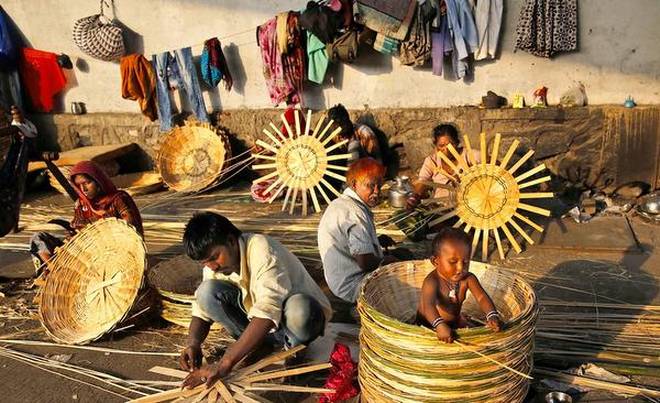
The help is in two ways — free food grains, and cash transfers.
1) Food assistance

- The central government, working with the state governments, will provide an additional quota of food grains free of cost to all 80 crore beneficiaries under the Public Distribution System.
- As such, PDS beneficiaries will get 5 kg of wheat (or rice) per month for the next three months.
- Additionally, each household (or family) — typically, a household is assumed to have 5 members — will get 1 kg of pulses per month.
2) Monetary assistance
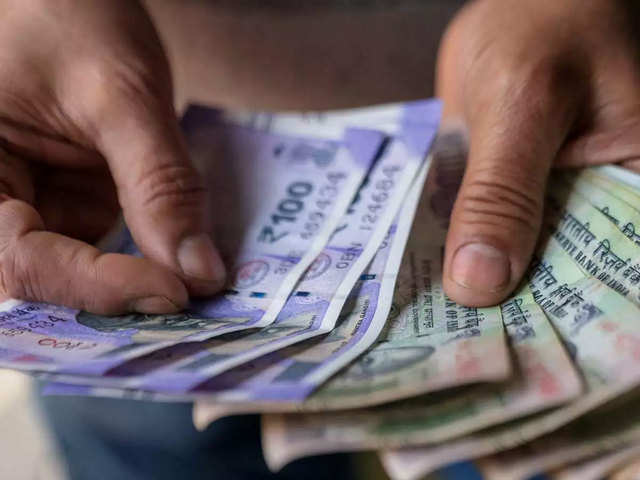
The government announced 6 types of additional cash transfers. These are:
- Rs 2,000 per farmer to 9 crore farmers under the PM-KISAN scheme.
- An additional Rs 1,000 per month pension for the next 3 months for those receiving old age, widow or disability pensions.
- Rs 500 per month will be transferred for the next 3 months to women holding a Jan Dhan bank account. This is expected to help 20 crore women.
- Over 8 crore women who are registered beneficiaries under Ujjwala Yojana will get one LPG cylinder per month for the next three months. While this is not exactly a cash transfer, these cylinders will be free of cost.
- Women SHGs across the country — roughly around 63 lakh of them — can now take collateral-free loans up to Rs 20 lakh instead of the existing limit of Rs 10 lakh. This too, is not a cash transfer, rather an enabling provision for receiving higher credit.
- Wages paid for manual labour under MGNREGA have been increased from Rs 180 per day to Rs 202 per day. According to the FM, this move will help 5 crore households (since only one person per household can avail of employment under MGNREGA) and enable them to earn Rs 2,000 as additional income. However, the work needs to be done in a manner that ensures social distancing.
(B) For the organised sector
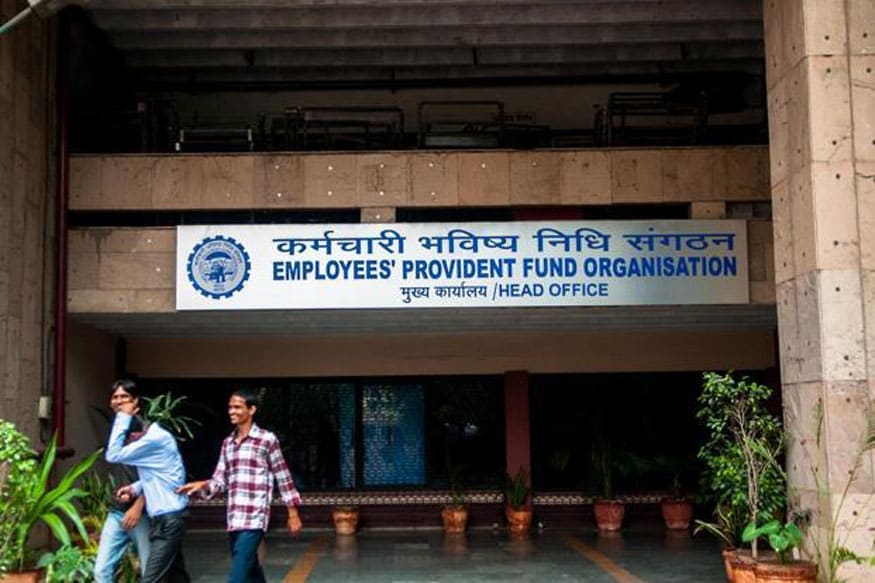
This help essentially relates to the Employees’ Provident Fund. There are two initiatives announced by the government — one in which the government actually pays on behalf of the poor and the other in which it enables the poor to withdraw their own money from their EPF accounts.
1) EPF contributions
- Under the first provision, the GoI will pay the EPF contributions — 12% of the basic salary — of both the employees and the employers for the next three months.
- However, this move applies only to about 4 lakh firms where the total number of employees is less than 100, and where 90 per cent of the employees earn less than Rs 15,000 per month.
- The move is aimed at reducing the monetary strain on small firms in the organised sector that may feel compelled to fire employees given the mounting financial strain.
2) EPF withdrawals
- The government has amended the Employees Provident Fund Organisation (EPFO) regulations to enable workers to withdraw a non-refundable advance from their EPF accounts.
- This amount is, however, limited to 75 per cent of the total money in one’s EPF account, or one’s salary for three months, whichever is lower.
- So, if one earns Rs 20,000 per month, and has Rs 1 lakh in one’s EPF account, then one can only withdraw Rs 60,000 from it (not Rs 75,000).
- This move is expected to help close to 4.8 crore workers registered with the EPFO.
(C) For construction workers

- The construction sector traditionally employs a large number of people, especially those who leave villages and farming out of distress, and come to cities looking for work.
- However, construction activities have been severely hit over the past few years, given the sharp slowdown in the Indian economy as well as the mess in India’s real estate sector.
- The complete shutdown of economic activity as a result of the lockdown has essentially rendered all labourers jobless overnight.
- To alleviate the economic distress of construction workers, the government has asked state governments to use the money — roughly Rs 31,000 crore — already available in welfare fund for construction workers.
How far are these measures effective?
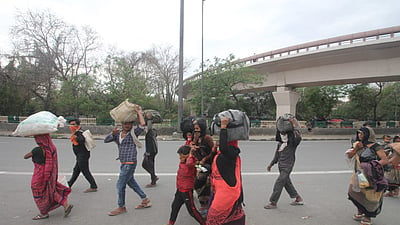
- The announcements related to the provisioning of food grains via PDS will be especially helpful. However, a few points need to be flagged.
- One, some of the measures would have happened on their own. For instance, MGNREGA wage increases typically happen in April. Similarly, the first instalment of Rs 2,000 under PM KISAN would have been due in April.
- Two, some of so-called cash transfer amounts are too small (like Rs 500 per month for women Jan Dhan account holders); some others are not really there (like the doubling of loans for women SHGs).
Question of implementation
- For instance, at present many construction workers and labourers are struggling to reach their homes.
- To receive help, they will need to have been registered in a particular state, but there is nothing to assume that they are in the state in which they are registered.
- Similarly, it is an open question of how manual labour under MGNREGA can happen while maintaining social distancing.
- If a lot of people join in, there would be a concern of disease transmission — and if very few join in (fearing the disease) then the hoped-for benefit may not actually accrue.
The cry is yet unaddressed
- The main problem for poor and vulnerable households today is liquidity stress.
- Unlike big businessmen or the salaried middle class, these are people with no balance sheets, reserves, or bank balances.
- Every day’s loss of work for them means cutting down even basic consumption and going deeper into debt. Free grain can help, but does not address the real crisis, which is of liquidity.
- They need cash to buy essential things other than just food — and most of them had it till the other day.
Not a hour to criticize
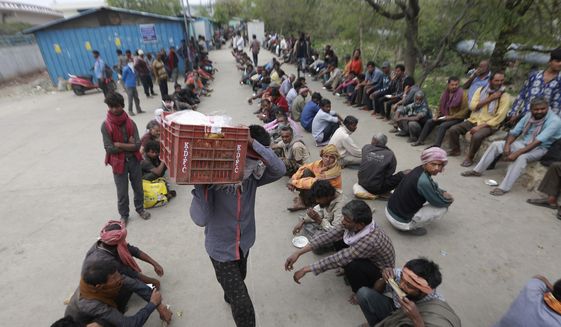
- Migrant workers are of two kinds: permanent and seasonal. March, in particular, sees large number of seasonal migrants because it is harvesting time, and not much labour is required now.
- Seasonal migrants keep moving continuously, from one place to another, in search of work. This has only exacerbated the problem.
- Had a support programme for all unorganised sector workers preceded the lockdown, it could have just been possible for the government to make them stay back at urban centres, instead of exposing them to the risk of catching the disease and further infecting their families back home.
Financial impact of the move
- The package will cost the national exchequer Rs 1.7 lakh crore, which is 0.8 per cent of India’s estimated gross domestic product in the current financial year.
- The package is still no way comparable to the $2.2 trillion economic package
- However, not all this money is in addition to what was announced in the Union Budget; some of the announcements refer to expenditure which would have happened under normal circumstances as well.
